


CAPSTONE DESIGN SHOWCASE 2022
-
DAYS
-
HOURS
-
MINUTES
-
SECONDS
COMING SOON





COMING SOON




Team members
Teo Jiawen (ASD), Ethan Tan Xin Kai (EPD), Hu Zi Ying, Cherie (EPD), Taiyeb Mustafa Singaporewala (EPD), Wesley Quek Ping Man (ISTD), Erlene Chua Jia Yan (ISTD), Chang Min Xuan (ISTD)
Instructors:
Norman Lee Tiong Seng, Teo Tee Hui, Chong Keng Hua
Writing Instructors:
Teaching Assistant:
Project Description
The Last Mile is a Waste Collection System designed for localised consolidation of waste from the Toh Tuck private residential estate. It comprises the redesign of existing waste bins & electric bicycles and the redevelopment of the existing Bin Centre to a Micro-hub, coordinated by an interactive Web Application, thereby enabling efficient & sustainable waste collection.
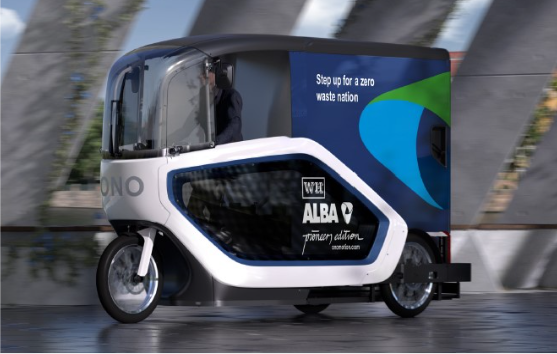



Developing an efficient waste collection system is necessary in keeping pace with the high volume of waste and managing recyclables such as e-waste and plastics.
Traffic obstruction encountered by large garbage trucks in private estates disrupts and slows down the collection of general waste and general recyclables.
Despite multiple initiatives in collecting general waste (GW), general recyclables (GR), bio-waste (BW) and e-waste (EW), waste contamination remains high at 40%.
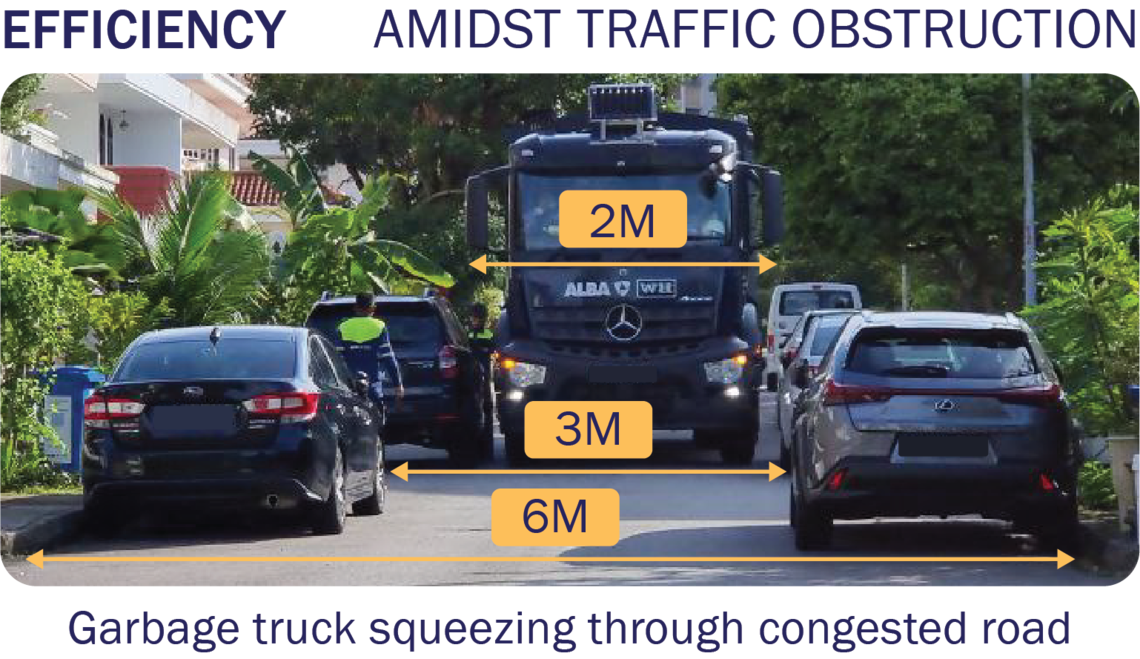
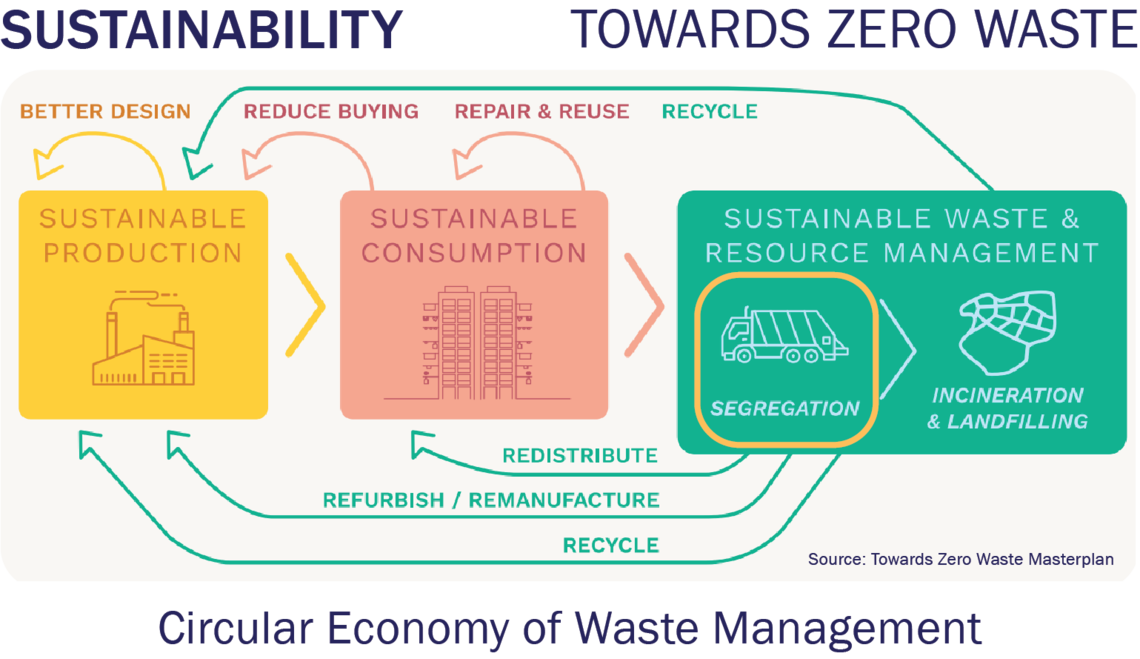

Our Aim
Develop an integrated waste collection system, one that is efficient and provides consolidated collection of GW, GR, BW and EW.
The system will coordinate electric vehicles with a microhub which will serve to transport and consolidate waste efficiently and sustainably.
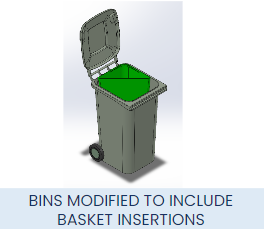
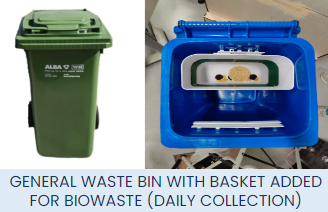
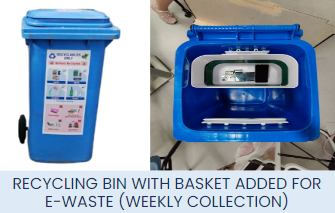
1. Private Estate Bins
Modified 120L bins to support the collection of GW, GR, EW, FW. The sorting of waste upstream minimises waste contamination & provides residents with a one-stop waste disposal.
GW+FW will be collected in the green general waste bin for daily waste collection while EW + GR will be collected in the blue recycling bin for weekly recyclables collection. This dual-collection system is enabled by the bin insertions.
The current garbage trucks collect general waste daily as per NEA regulations and recycling waste weekly. The current system does not involve collection of e-waste and food waste and residents need to travel to areas with e-waste bins such as shopping centres to dispose of their waste.
ALBA currently provides doorstep collection for general waste and recyclables. They have also rolled out e-waste bins last year. Food waste is currently not collected by ALBA but we are interested in collecting food waste as it has potential use as compost. This is in line with the nation’s move towards sustainable farming.
The modification of bins allows for the 4 types of waste to be collected by the ONO PATs at the same frequency as they are collected by the garbage trucks, allowing for the ONO PATs to replace the garbage trucks seamlessly and meet the NEA regulations.
2. On Demand Bulky E-Waste Collection
Unique identifier allows residents to access the Web
Application for on-demand disposal of bulky e-waste such
as refrigerators.
The resident would first confirm his request, which sends the resident’s postal code to the backend modules. The residents’ address is then retrieved from the database for route planning of waste collection.
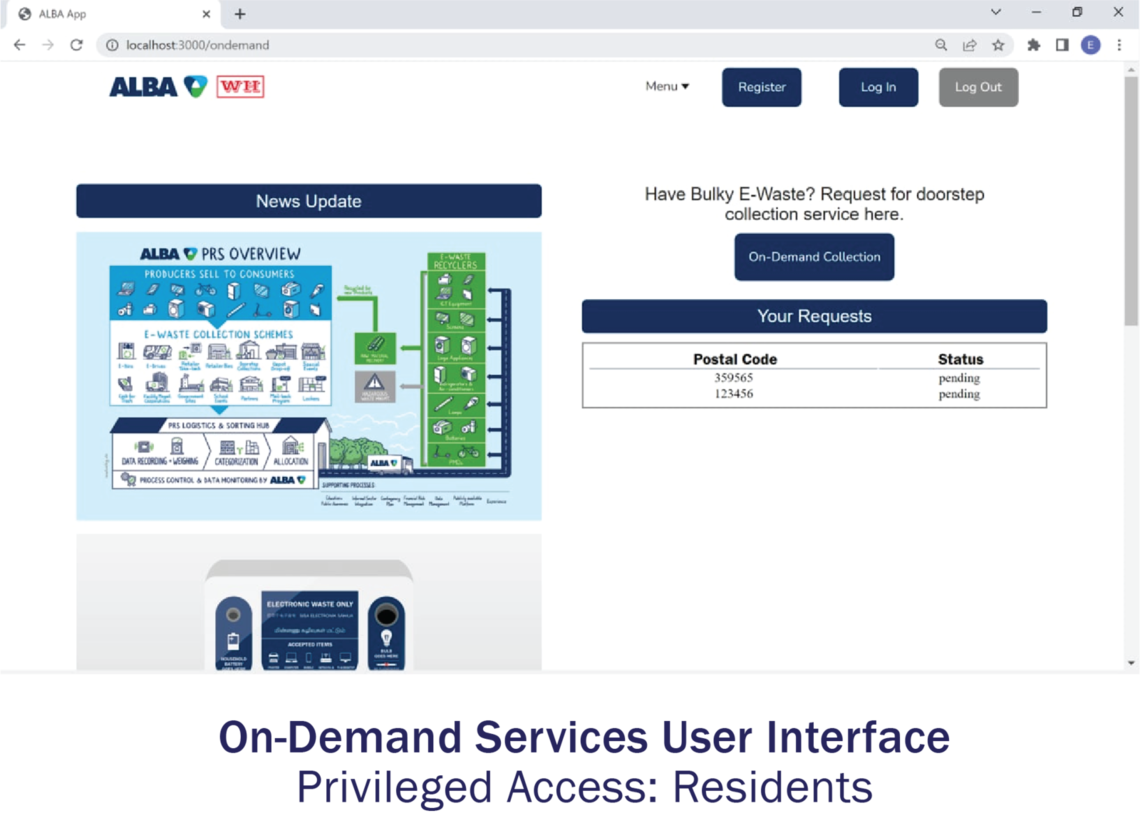

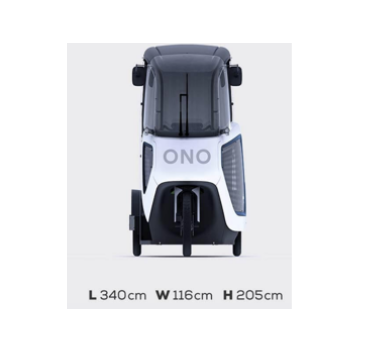
3. ONO Motion Pedal Assisted Transport (PAT)
To collect the separated waste from the private estate bins, the ONO motion PAT is used. It is specifically designed to prevent congestion on the roads of Berlin; delivery companies use ONO to deliver parcels instead of vans.
For this project, ALBA seeks to use ONO to replace the large waste disposal trucks that clog up the private estate roads in Singapore. As seen, the ONO has a narrow profile, allowing it to weave through traffic.
The width of the ONO at 1.16m is 2 times smaller than the waste disposal trucks used, allowing for easy weaving through private estates and seamless waste collection. Being an electric vehicle, ONO produces little to no emissions & noise: a sustainable and less intrusive replacement of the waste disposal trucks.
To find out more about ONO: https://onomotion.com/en/product/
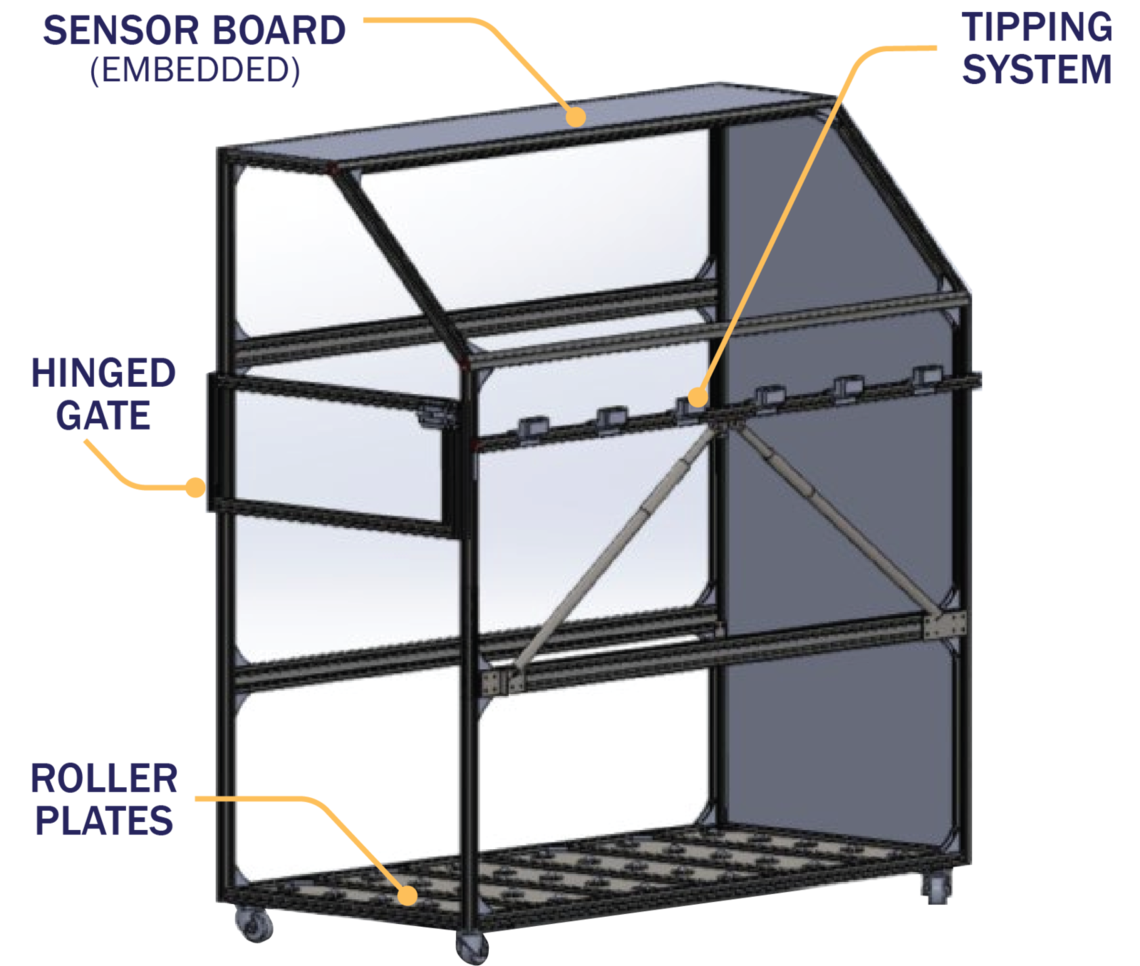
4. Cargo Unit
As the ONO PAT was designed with parcel delivery in mind, we constructed a new cargo unit specifically for waste collection.
Main features include:
1. Roller plates on top of load sensors: to detect weight of waste collected
2. Embedded sensor board: contains all electronics for the cargo units, including ultrasonic sensors.
3. Hinged gate: to lock waste compartment in place so that the ONO PAT can safely traverse hilly terrain without losing compartments.
The streamlined profile of the ONO PAT allows for smooth navigation through traffic obstruction. The dual-compartment cargo unit enables the ONO PAT to collect general waste & food waste daily and general recyclables & e-waste weekly.
This maintains the separation of wastes in the bin compartments.
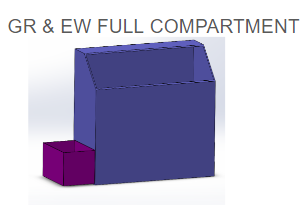
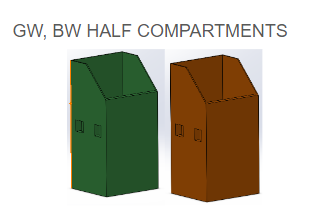
Waste is carried in compartments so that waste stay sorted in the 4 different types.
Full length compartment: (dimensions: 1.7 x 0.73 x 1.68m), (volume: 1.8 m3, including ew box), (weight limit: 200kg) used to collect GR and has a small tray for EW.
Half length compartment: (dimensions: 0.845 x 0.73 x 1.68m), (volume: 0.9 m3), (weight limit: 100kg) used to collect GR or FW.
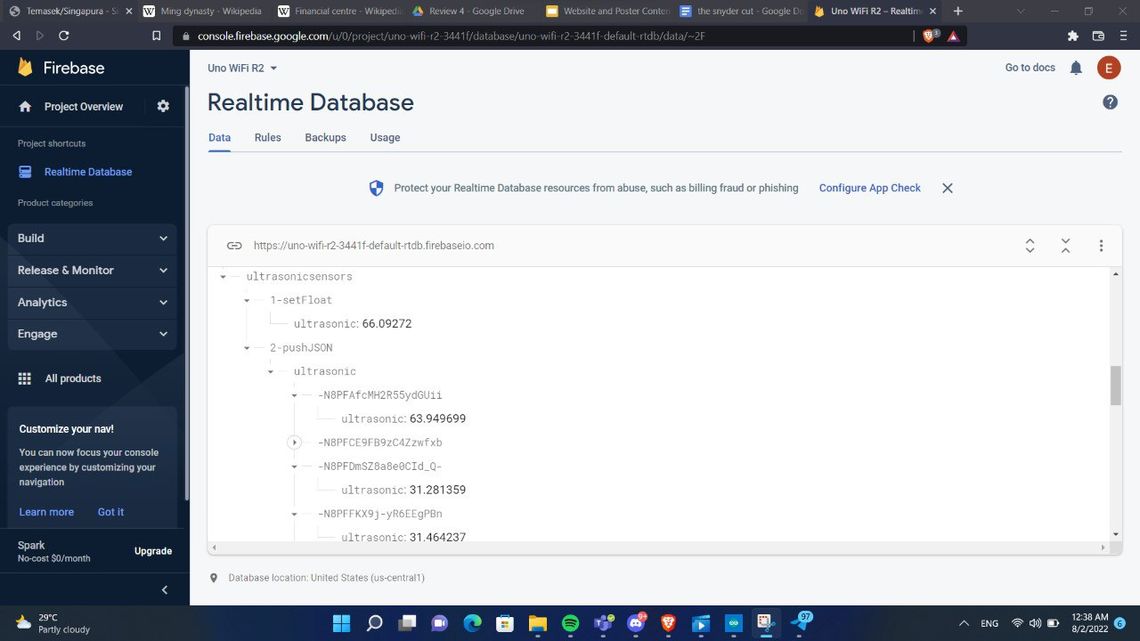
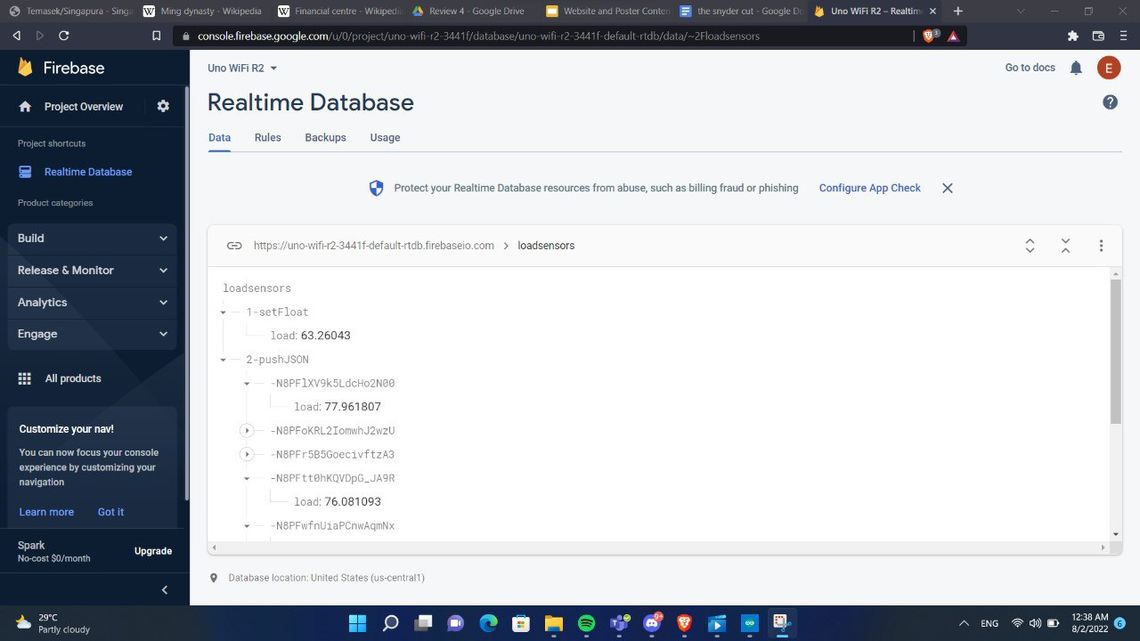
Weight and volume data was collected from the cargo unit and analysed by an algorithm for dynamic route optimisation. The data is also useful for ALBA’s and NEA’s strategic planning.
To do this, 2 sets of sensing system is used:
1. Weight Data (Primary)
Load cells under each steel plate were summed up to provide the total weight of the waste in the Cargo Units. The change in resistance of the load cells due to the change in weight of the waste in the Cargo Units allowed for accurate weight readings to be provided.
2. Ultrasonic Data (Secondary)
Ultrasonic Sensors that took in distance read from the roof of the Cargo Unit to the bottom of the Cargo Unit provided volume percentage readings. Both Weight Data and Ultrasonic Data would be captured in Firebase and scrapped by the backend server for route optimisation and for NEA and ALBA's strategic planning.
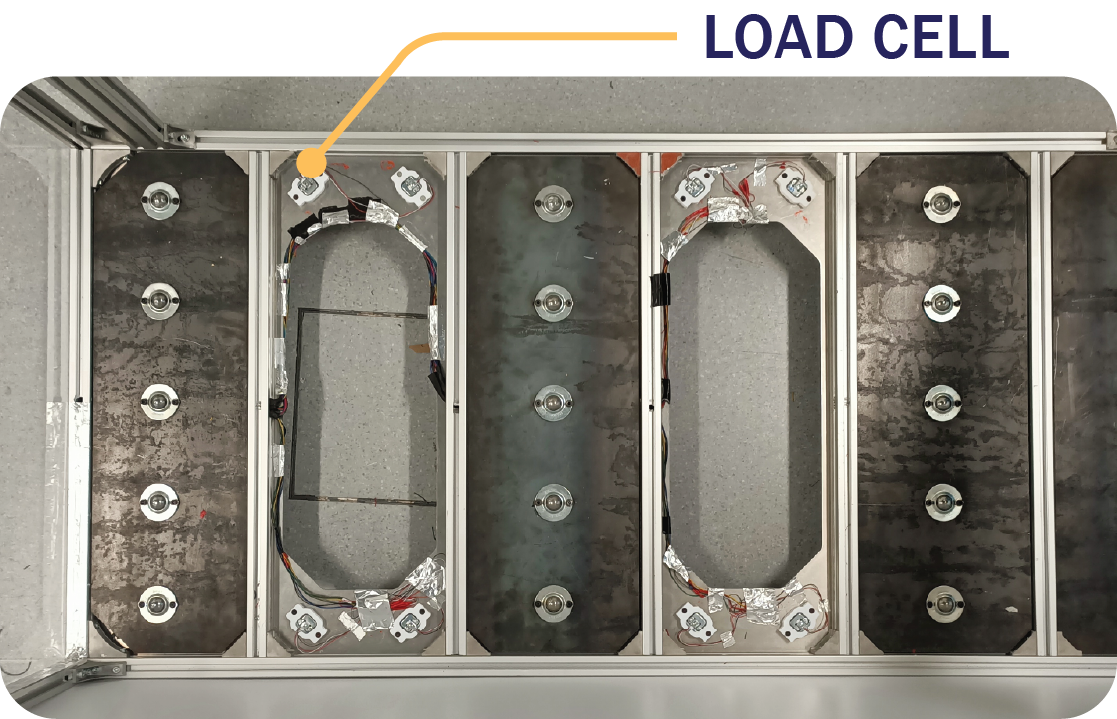
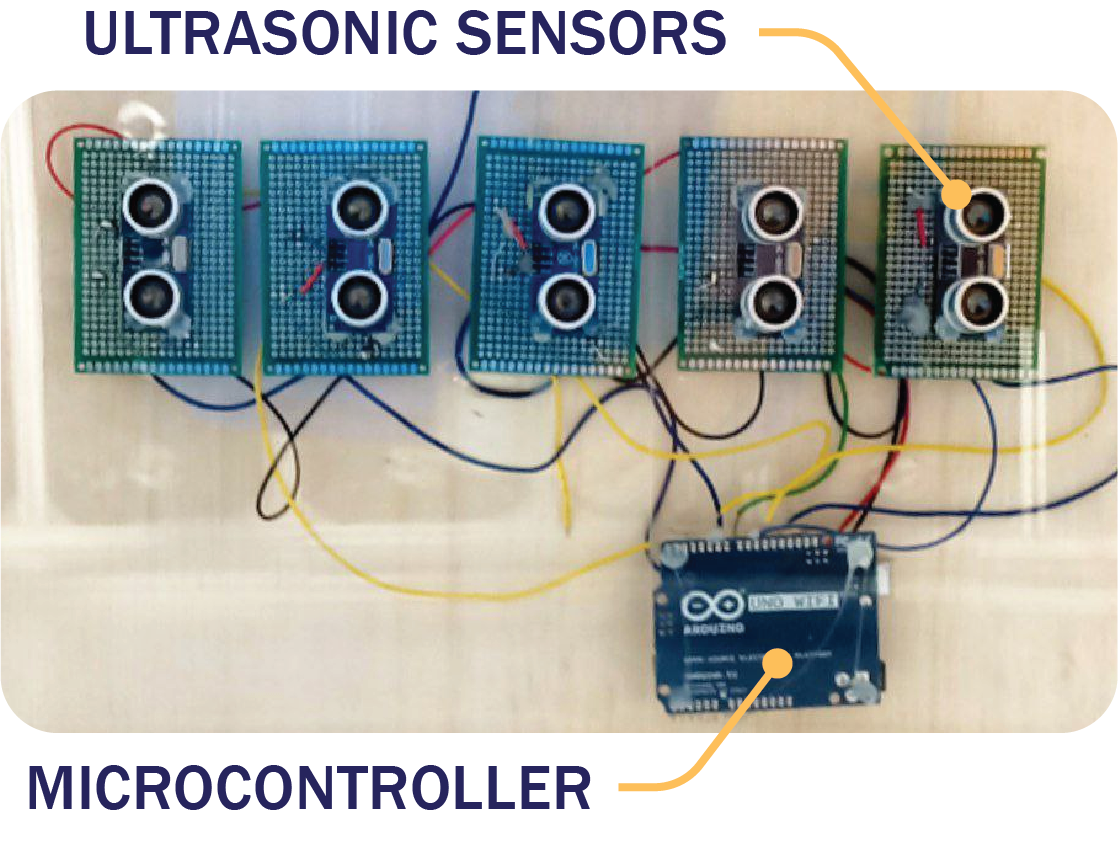
5. Driver Dashboard & Route Optimization Algorithm
The route planning and optimization algorithm aims to calculate the best routes to visit all households within the estate.
To maximize efficiency of the waste collection process, the algorithm will minimize total distance travelled for all routes to reduce time required for the entire process.
Unique identifier allows drivers to access driver dashboard with assigned routes. Drivers can also report damage to Cargo Unit.

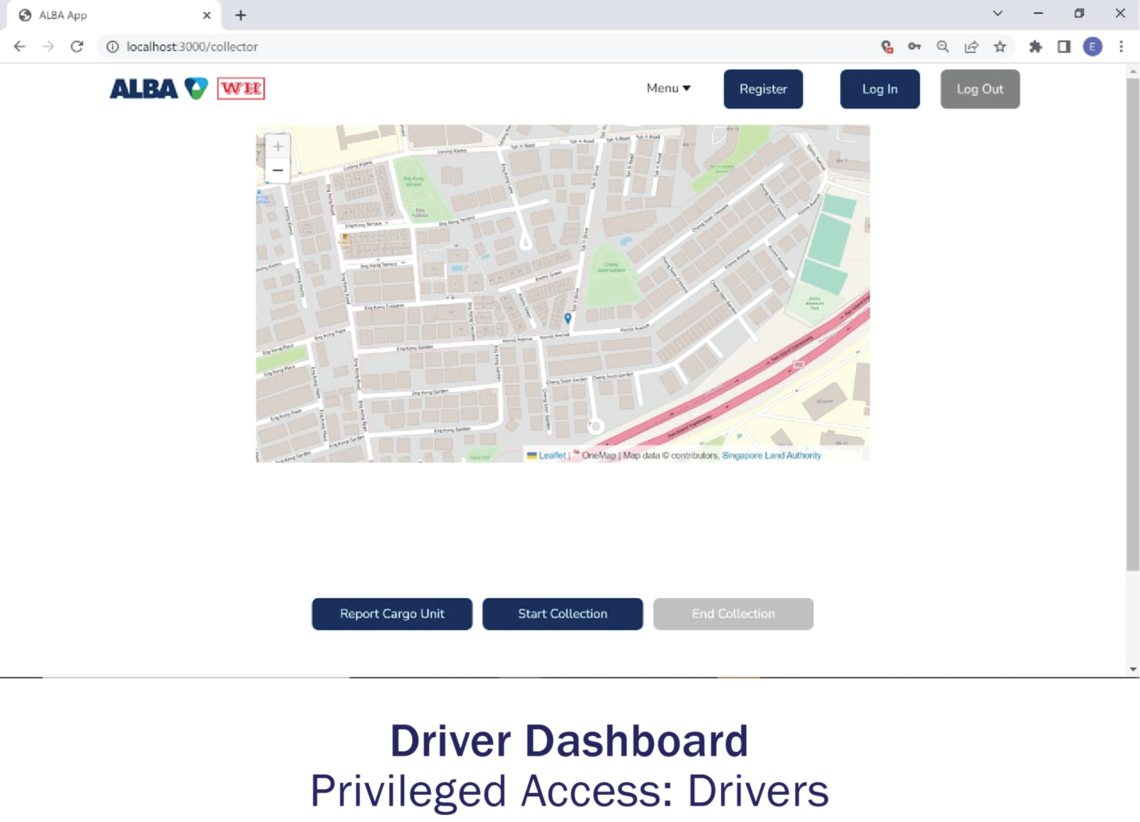
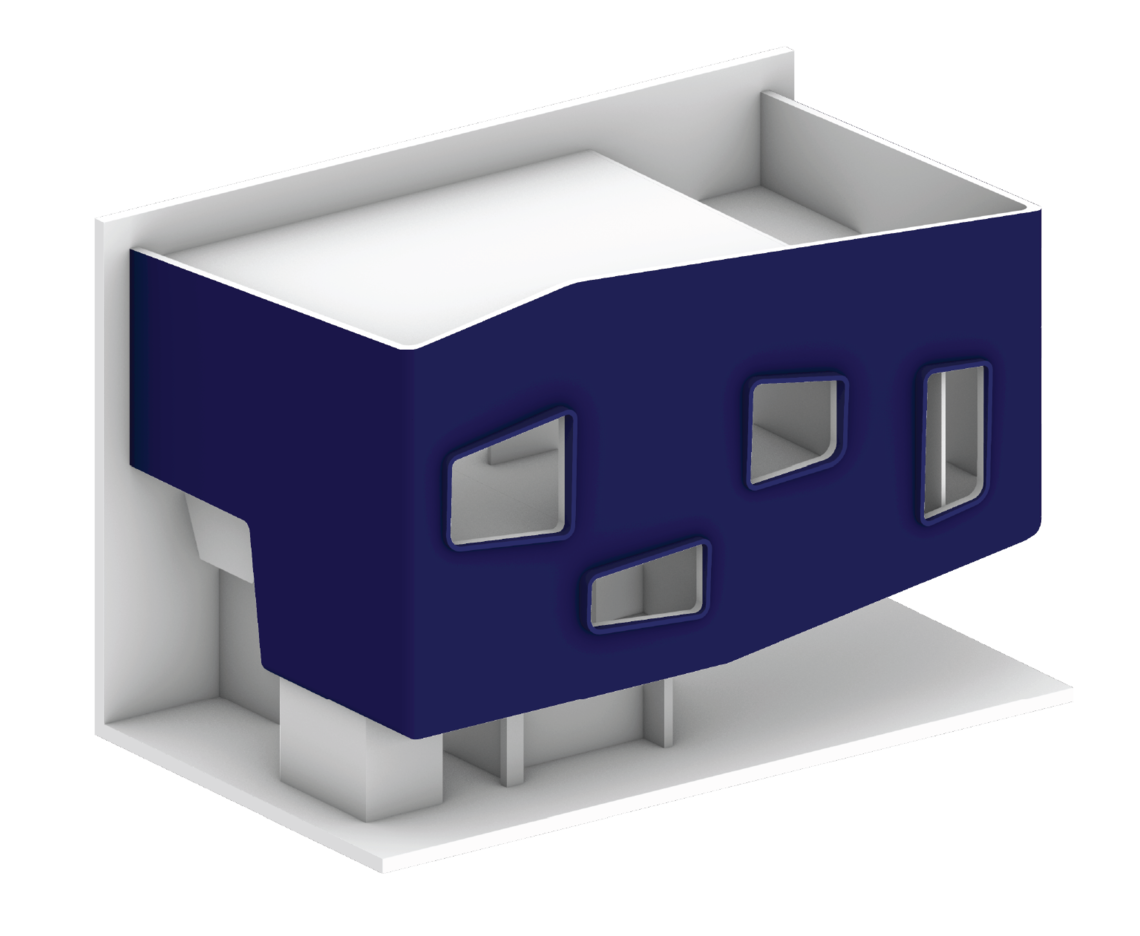
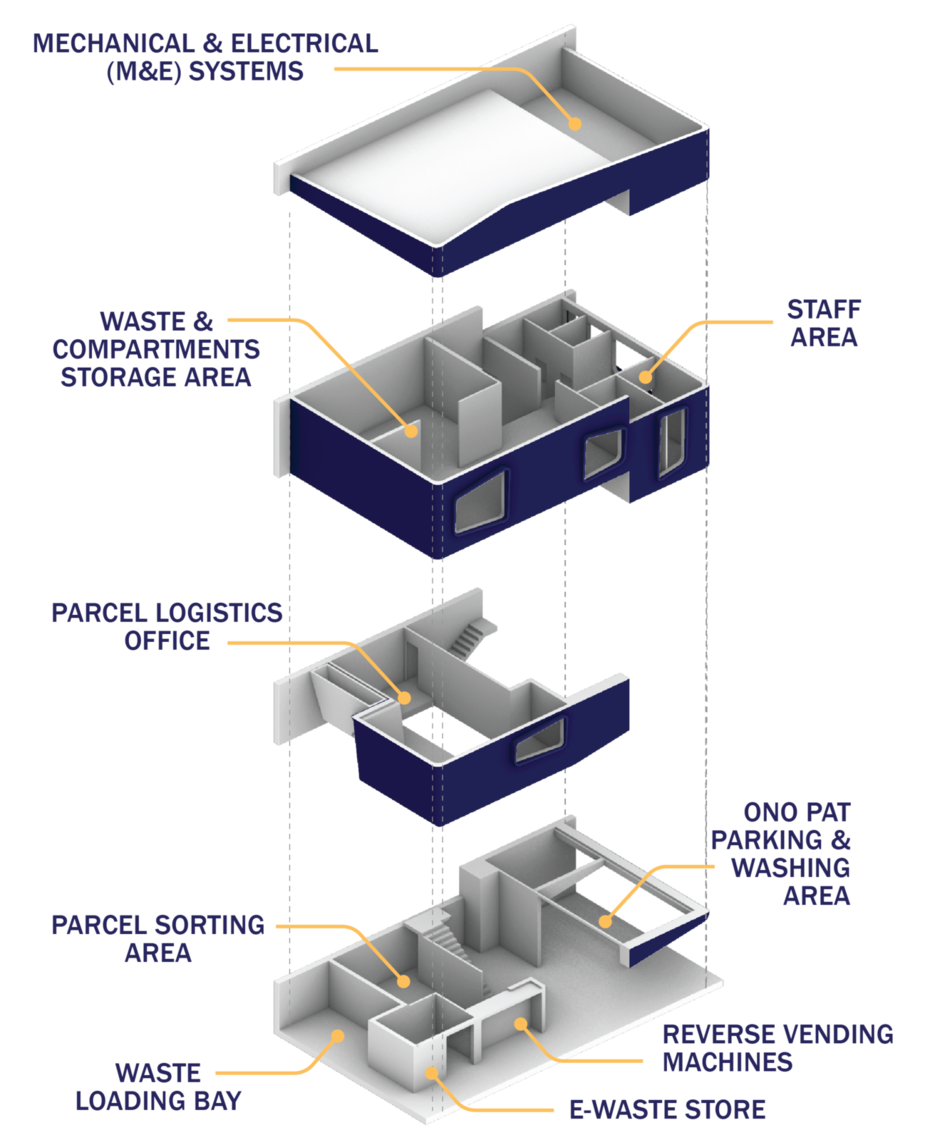
6. MicroHub
The MicroHub is a redesigned one-stop neighbourhood logistics facility. Taking the site of the existing precinct bin centre, the two storey building fulfills the new needs of residents within spatial constraints.
Waste transported by ONO PATs is consolidated at the Microhub before collection by a garbage truck,
allowing trucks to avoid congestion within private estates.
With the ONO PAT envisioned to replace heavy delivery vehicles, the MicroHub also acts as a neighrbourhood dispatch point for delivery parcels.
7. Fleet Management System
The fleet management system coordinates the dispatching of ONO PATs. Unique identifier allows ALBA management to access live location tracking, mileage and maintenance status of the ONO PATs.
To do so, total distance travelled by ONO PATs will be added to their mileage. The ONO PATs will have to be regularly maintained, and its maintenance status will be updated by the management.
For management purposes, our application will display locations of the ONO PATs, their operators and real-time collection status of all households on a map.
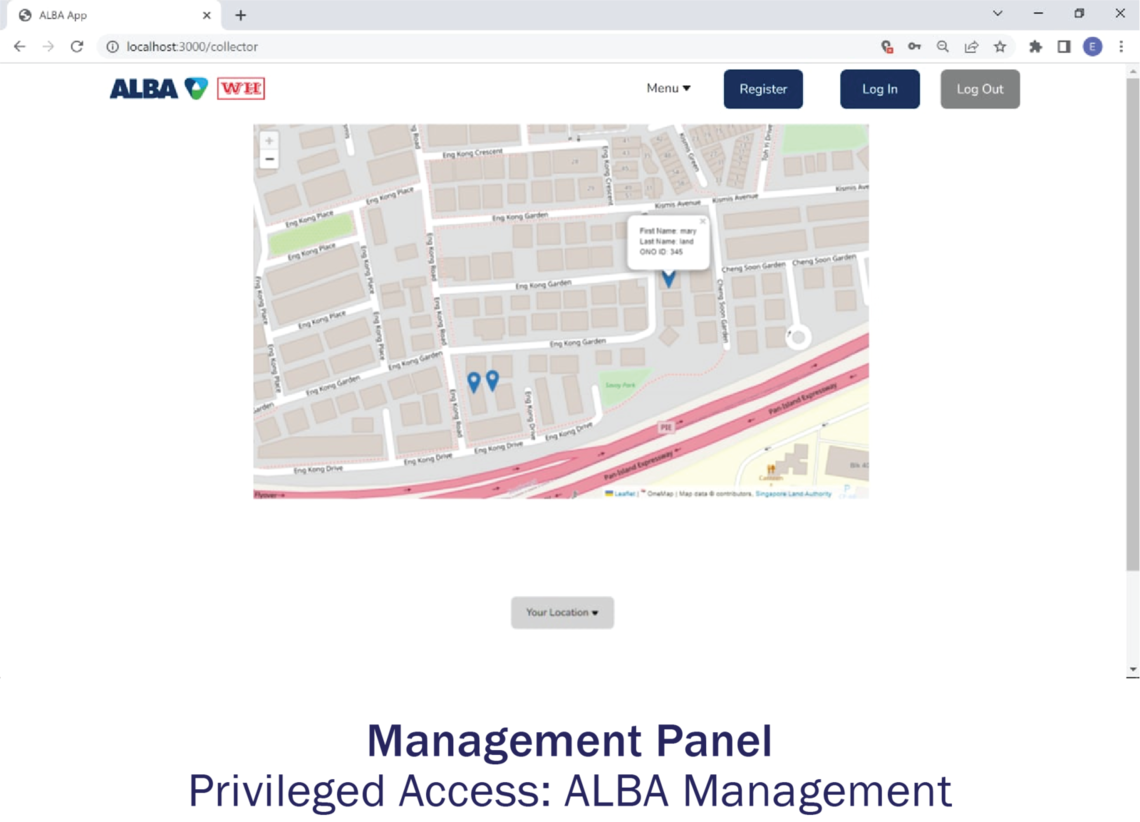
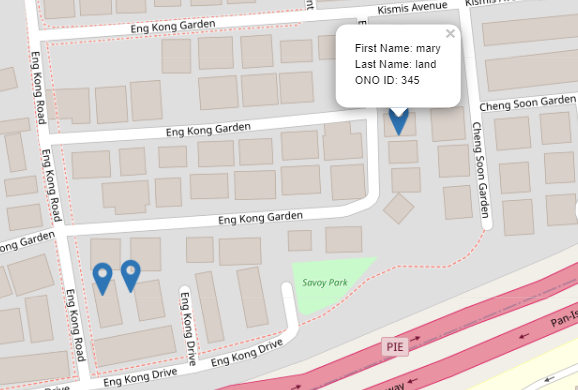
ALBA LAST MILE
EFFICIENT & SUSTAINABLE WASTE COLLECTION
 Teo Jiawen
Architecture and Sustainable Design
Teo Jiawen
Architecture and Sustainable Design
 Ethan Tan Xin Kai
Engineering Product Development
Ethan Tan Xin Kai
Engineering Product Development
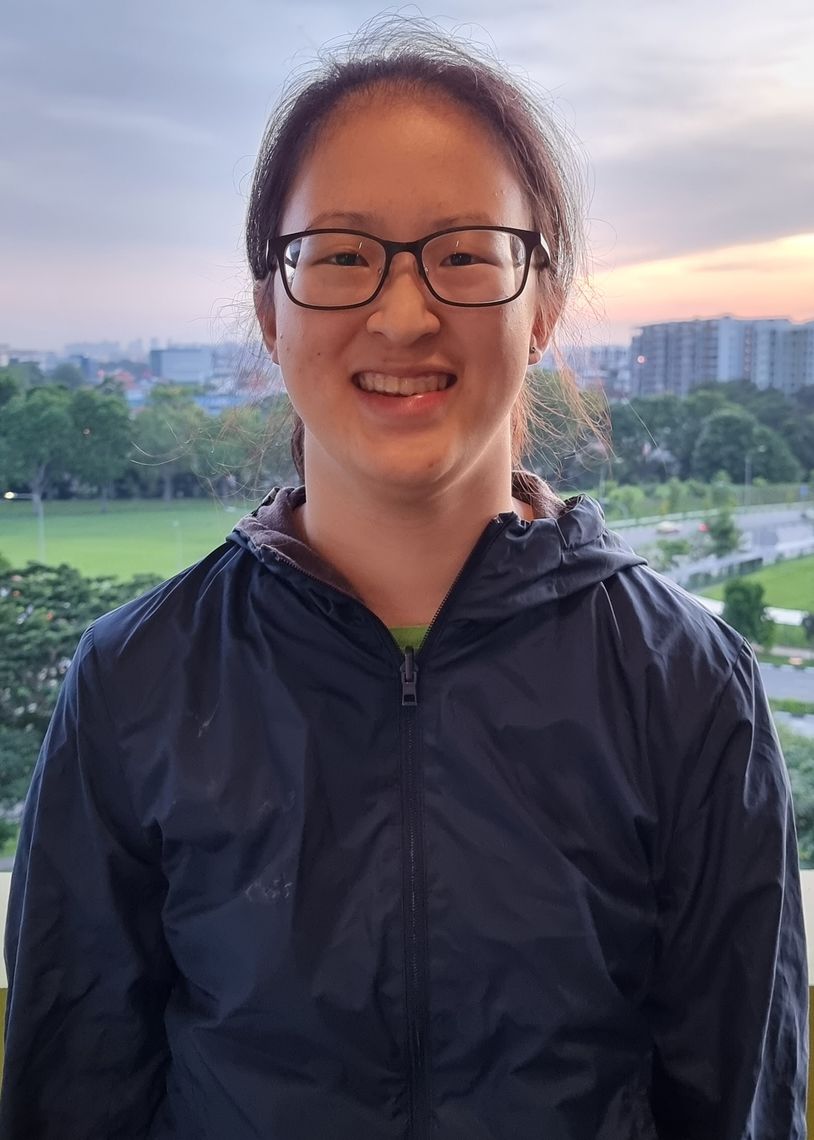 Hu Zi Ying, Cherie
Engineering Product Development
Hu Zi Ying, Cherie
Engineering Product Development
 Taiyeb Mustafa Singaporewala
Engineering Product Development
Taiyeb Mustafa Singaporewala
Engineering Product Development
 Wesley Quek Ping Man
Information Systems Technology and Design
Wesley Quek Ping Man
Information Systems Technology and Design
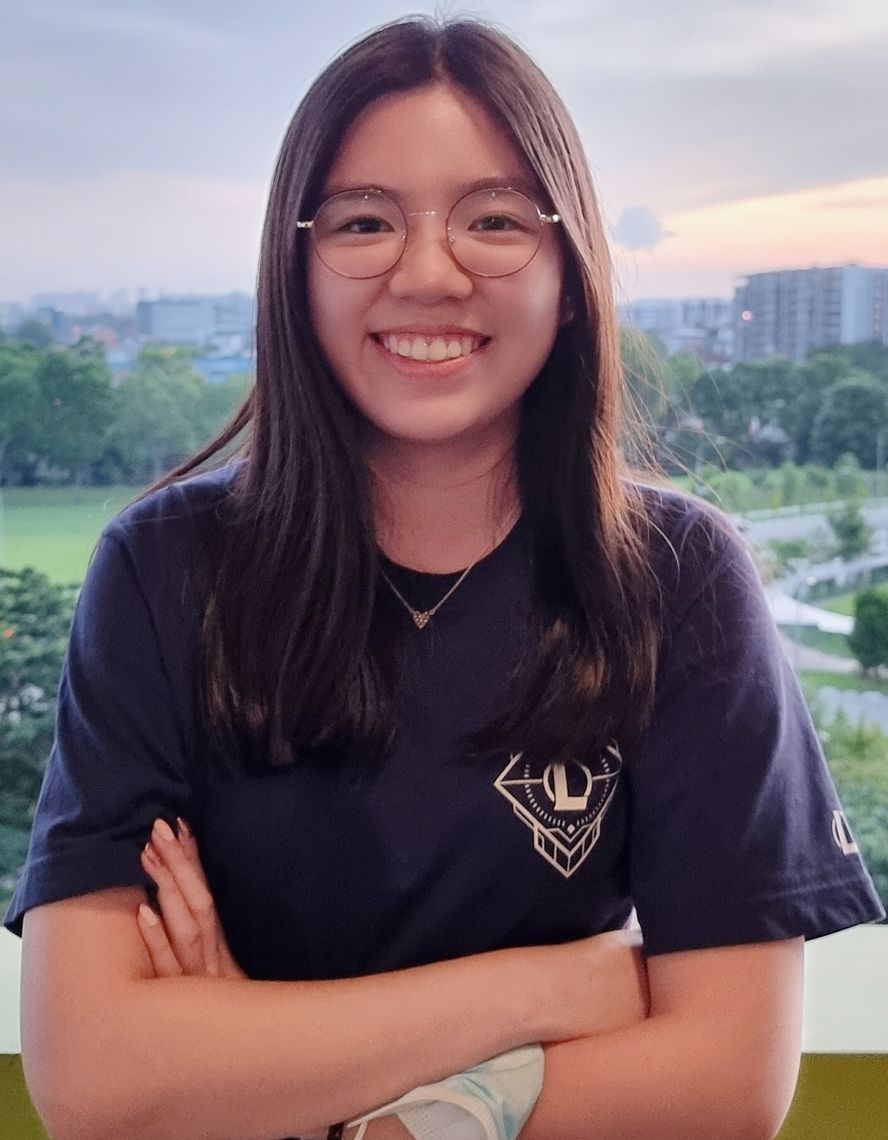 Erlene Chua Jia Yan
Information Systems Technology and Design
Erlene Chua Jia Yan
Information Systems Technology and Design
 Chang Min Xuan
Information Systems Technology and Design
Chang Min Xuan
Information Systems Technology and Design

Teo Jiawen
Architecture and Sustainable Design

Ethan Tan Xin Kai
Engineering Product Development

Hu Zi Ying, Cherie
Engineering Product Development

Taiyeb Mustafa Singaporewala
Engineering Product Development

Wesley Quek Ping Man
Information Systems Technology and Design

Erlene Chua Jia Yan
Information Systems Technology and Design

Chang Min Xuan
Information Systems Technology and Design
© 2022 SUTD

